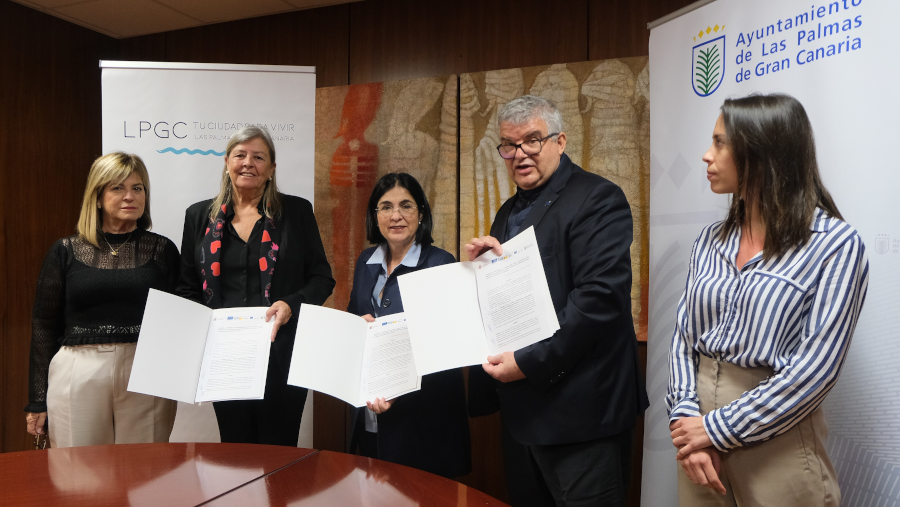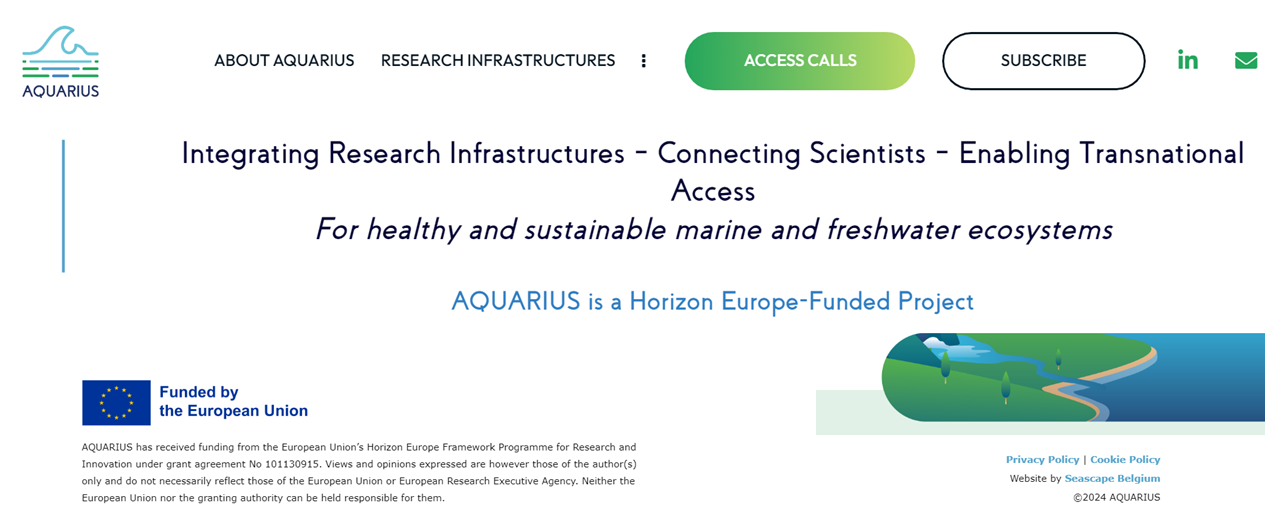PLOCAN and the Spanish Institute of Oceanography (IEO) continue to promote and strengthen their collaborative framework in ocean observation in the Canary Islands through the seasonal program of glider missions at the ESTOC Time Series Station (deep node of the PLOCAN Integrated Observatory) and the Radial RAPROCAN Radial project, managed by PLOCAN and the IEO respectively.
Proof of this is the recent and successful achievement of a new ESTOC 2020_2 mission lasting three weeks and over two hundred nautical miles continuously sailed with an underwater glider, making dives down to 1000 meters depth every three hours, which has allowed collect nearly one million data on each of the five observed biogeochemical seawater parameters (temperature, conductivity, dissolved oxygen, chlorophyll and turbidity) all in line with current international programs, standards and methodologies regarding the observation of the ocean environment.
The main goal of this type of mission is to contribute with ESTOC and RAPROCAN time series continuity, as well as to increase the ocean-presence with routine operation and use of autonomous technologies such as underwater gliders, more efficient and sustainable than more traditional methodologies such as research vessels for this type of observation.
PLOCAN, as gliderport infrastructure, member of European reference initiatives and working groups such as EGO, EuroGOOS, OceanGliders, OceanSites, EMSO, etc., contributes with this type of activity both to the implementation of international protocols and standards for the operation of ocean-monitoring autonomous platforms, as well as the management and dissemination of gathered data. An example of this is the contribution to the European strategy for the management and standardization of oceanographic data through direct cooperation with Coriolis and EMODNet initiatives, which allows to collect real-time data from the glider in each dives, with quality control and standard format.
More information at Portal Glider PLOCAN





